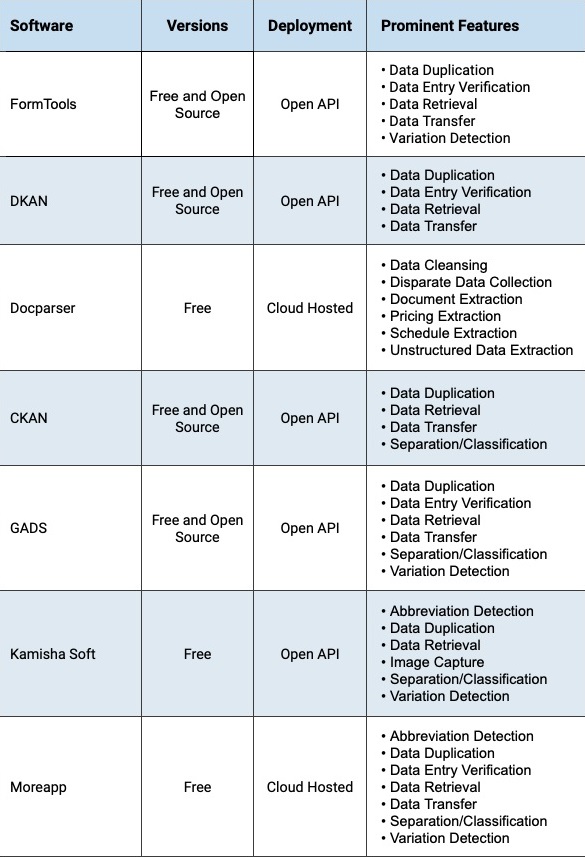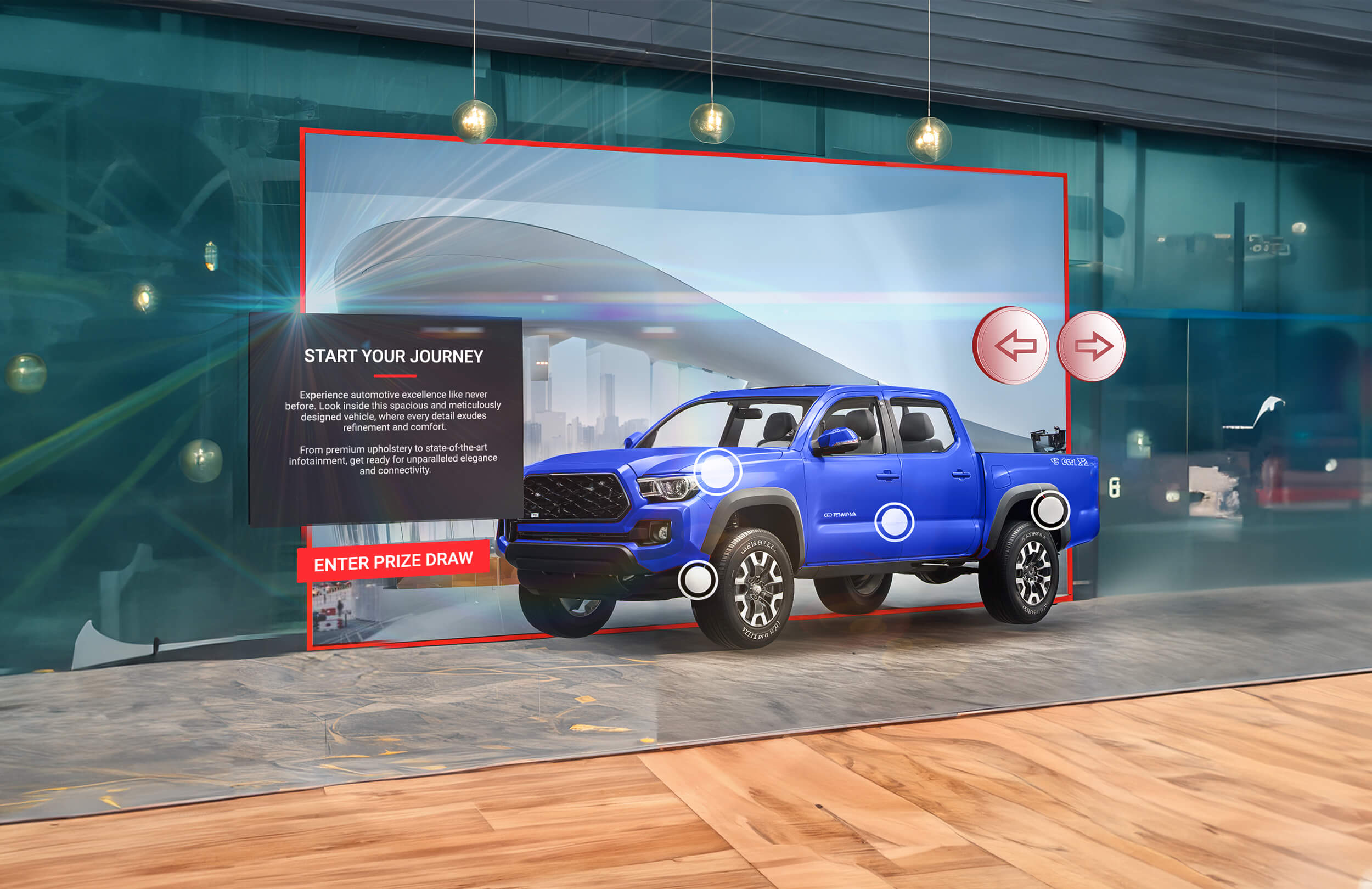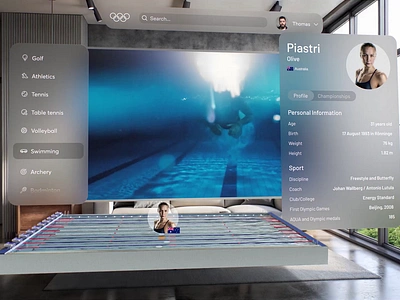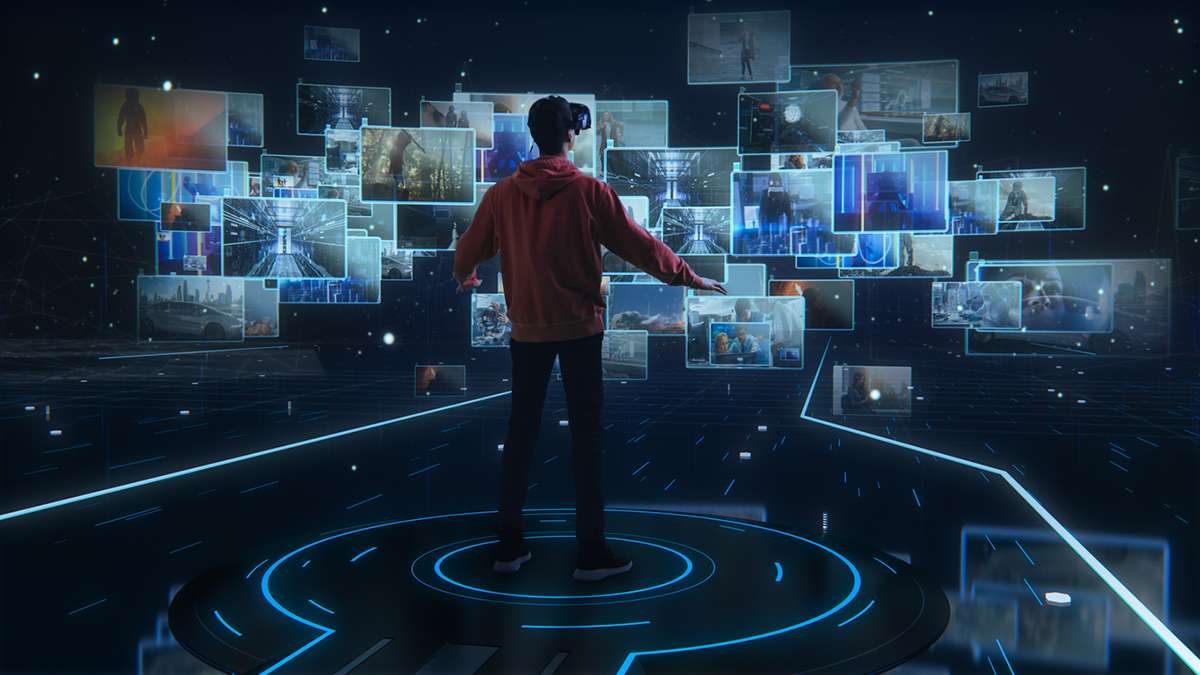Introduction
The emergence of the Spatial Web represents a significant shift in how individuals engage with digital content and their surroundings. This new approach seamlessly integrates Augmented Reality (AR) into daily experiences, providing users with immersive interactions that enhance information accessibility and user engagement. The Spatial Web leverages cutting-edge technologies to create a cohesive environment that connects the physical and digital worlds.
Historically, the internet has undergone considerable transformations, evolving from static web pages to dynamic interactions driven by social media and mobile devices. As three-dimensional environments and AR functionalities become increasingly prevalent, the possibilities for a spatially aware web are expanding rapidly. This evolution presents exciting opportunities for businesses, digital creators, and technology enthusiasts who are looking to explore innovative avenues for content engagement.
The AR and Virtual Reality (VR) market is projected to reach approximately $296.9 billion by 2025, underscoring AR's potential to reshape digital experiences. To effectively harness this potential, it is essential to understand the integration of AI into AR development, the tools available for content creation, and the best practices for crafting engaging experiences. As the Spatial Web continues to evolve, stakeholders are encouraged to embrace these advancements to integrate technology seamlessly into everyday activities.
Harnessing AI for Next-Gen AR Experiences
Artificial Intelligence (AI) plays a pivotal role in enhancing the development of AR applications, enabling the creation of personalized and dynamic content tailored to user needs. Various AI technologies contribute to enhancing AR experiences, allowing for personalized content generation, real-time interaction improvements, and adaptable environments.
One notable application of AI involves utilizing algorithms to analyze user data and behaviors, which facilitates the delivery of customized AR experiences. For example, machine learning algorithms can adjust content in real-time based on individual preferences or environmental factors. Research indicates that around 60% of marketing professionals are currently utilizing AI tools for content creation, highlighting the growing confidence in AI's capabilities.
Furthermore, improvements in gesture and voice recognition made possible by AI facilitate seamless interactions for users. These advancements allow AR systems to recognize real-world objects dynamically, presenting information that is contextual and relevant. The convergence of AI and AR enhances engagement and interactivity, ultimately improving overall user experiences and solidifying the foundation of the Spatial Web.
An infographic showcasing various applications of artificial intelligence in augmented reality, demonstrating how AI enhances AR experiences. (Source: Nerd Level Tech)
Crafting Immersive AR Narratives Tools of the Trade
For creators looking to produce compelling AR content, it is important to understand the most popular AR creation tools currently available. Notable tools such as Unity, Vuforia, ARKit, ARCore, and Spark AR offer diverse functionalities that cater to different development needs.
Unity is widely recognized for its extensive platform compatibility, making it ideal for game development and interactive experiences. Its broad asset store and user-friendly interface facilitate the creation of various experiences, including 2D, 3D, AR, and VR.
Vuforia focuses on enterprise-level AR, featuring advanced capabilities for object and image recognition and tracking, suitable for demanding industrial applications. Tools tailored for mobile development, such as ARKit and ARCore, streamline application design for iOS and Android devices, optimizing performance and enabling easy integration with their respective ecosystems.
Social media tools like Spark AR and Lens Studio enable creators to develop engaging AR lenses quickly, enhancing user interaction on these platforms. Evaluating these tools based on project criteria, such as compatibility, functionality, and budget, ensures that developers can make informed choices in their AR development endeavors.
 A detailed comparison chart of popular AR development tools, highlighting their core functionalities and use cases. (Source: GoodFirms)
A detailed comparison chart of popular AR development tools, highlighting their core functionalities and use cases. (Source: GoodFirms)
Positioning Yourself as an AR Content Pioneer
Establishing oneself as an AR content pioneer is crucial for tech enthusiasts and creators in today's rapidly evolving technological landscape. Building relevant skill sets, networking, and staying updated on industry trends are essential for maintaining a competitive edge in the AR field.
Engaging in educational opportunities, whether through courses or certifications focused on AR development, enhances expertise in utilizing various tools and technologies. Additionally, community involvement via forums, online groups, and local events fosters valuable networking opportunities, allowing creators to collaborate and share knowledge.
Keeping track of industry advancements, emerging technologies, and successful case studies is essential for ongoing development. Statistics indicate that AR has been increasingly adopted across industries such as gaming, retail, and education, creating numerous opportunities for creators to apply their skills in practical contexts. Continuous self-improvement and proactive engagement within relevant networks help reinforce an individual's position as a thought leader in AR content creation.
 A vibrant representation of a community event focusing on AR content creation, showcasing creators engaging with technology. (Source: Rock Paper Reality)
A vibrant representation of a community event focusing on AR content creation, showcasing creators engaging with technology. (Source: Rock Paper Reality)
Creating Compelling 3D Product Descriptions with AR
The role of AR in the e-commerce sector has grown significantly, enabling businesses to create engaging 3D product descriptions that enhance customer interaction and interest. By presenting products through augmented reality, organizations can elevate visibility and improve engagement rates, ultimately leading to increased sales.
Best practices for crafting AR product descriptions include utilizing high-quality 3D models, ensuring seamless integration into online platforms, and designing user-friendly interfaces. Case studies have demonstrated that employing AR in retail can boost customer engagement by up to 70%, highlighting the effectiveness of immersive shopping experiences.
Examples of brands effectively utilizing AR for product visualization illustrate the technology's ability to create interactive and immersive shopping experiences, positively influencing consumer decision-making and reducing product returns.
 A mockup showing an augmented reality interface for product descriptions, illustrating how AR can enhance e-commerce experiences. (Source: Dribbble)
A mockup showing an augmented reality interface for product descriptions, illustrating how AR can enhance e-commerce experiences. (Source: Dribbble)
Crafting Your AR Projects Step-by-Step Guide
Developing AR applications involves several steps, from initial concept to deployment. Following a structured approach can help creators effectively navigate the complexities associated with AR content development.
The first stage encompasses ideation and research, where developers identify user needs and project objectives. Following this, design considerations take center stage, including the creation of wireframes and identification of suitable AR functions. Testing and refining user experiences are crucial components in the development process. Feedback from users is essential for identifying areas of improvement.
Challenges faced by new developers may include technical limitations, integration issues, or user adoption hurdles. Researching industry best practices, seeking mentorship opportunities, and remaining actively engaged in feedback loops can help mitigate these challenges. By systematically approaching AR project development, creators can produce compelling and engaging experiences.
 A flowchart detailing the stages of AR application development, providing a structured overview for creators. (Source: ResearchGate)
A flowchart detailing the stages of AR application development, providing a structured overview for creators. (Source: ResearchGate)
The Ethical Landscape of AR Technology
As AR technologies proliferate across various sectors, ethical considerations surrounding data privacy and accessibility become increasingly important. Developers and organizations are responsible for addressing these concerns while creating AR solutions that respect user needs.
Privacy challenges arise from the extensive data collection associated with AR technologies, including user location and biometric information. Research reveals that a large percentage of users express concern regarding privacy implications linked to AR applications. Establishing transparent data handling practices and obtaining informed consent are critical for maintaining user trust.
Moreover, attention to accessibility is vital, ensuring that AR experiences are inclusive for diverse audiences, including individuals with disabilities. Adhering to ethical guidelines throughout AR development fosters responsible use of the technology while limiting potential negative societal impacts. Ongoing discussions surrounding these ethical considerations will guide future AR innovations.
 A statistical chart illustrating user concerns about privacy risks associated with AR technologies, highlighting ethical considerations. (Source: Statista)
A statistical chart illustrating user concerns about privacy risks associated with AR technologies, highlighting ethical considerations. (Source: Statista)
Embrace the Future Stay Ahead in AR Crafting
Adopting the latest advancements in AR and the Spatial Web is essential for those invested in digital content creation. Future trends suggest that the adoption of AR will continue to grow, with innovative applications emerging in sectors including healthcare, entertainment, and education.
To remain relevant and competitive, stakeholders should adopt flexible strategies that facilitate the integration of AR technologies into their projects. The increasing complexity of user interaction will create a demand for more sophisticated AR solutions, making ongoing education and development essential.
Additionally, engaging with emerging technologies like AI-driven personalization will shape the future landscape of AR. By remaining open to change and proactive in exploring innovations, creators can position themselves as leaders in this evolving field.
 A futuristic depiction of augmented reality applications and environments, showcasing the potential of AR technology. (Source: Connected World)
A futuristic depiction of augmented reality applications and environments, showcasing the potential of AR technology. (Source: Connected World)
Conclusion
The Spatial Web presents exciting opportunities for tech enthusiasts and digital content creators. As AR technologies continue to evolve, understanding the integration of AI, familiarizing oneself with essential tools, and adhering to ethical considerations will be important for successful AR content creation.
By engaging with the transformative potential of AR and positioning themselves thoughtfully within this expanding landscape, creators can lead the way in shaping engaging digital experiences. Continued exploration of new technologies and best practices will prepare individuals for a future where AR is seamlessly incorporated into everyday life, enriching human interactions with the world. The journey into the Spatial Web has only just begun, and the possibilities for creativity and innovation are limited only by the willingness to explore them.

கருத்துக்கள் (0)
உள்நுழைக சர்ச்சையில் பங்கேற்க அல்லது .